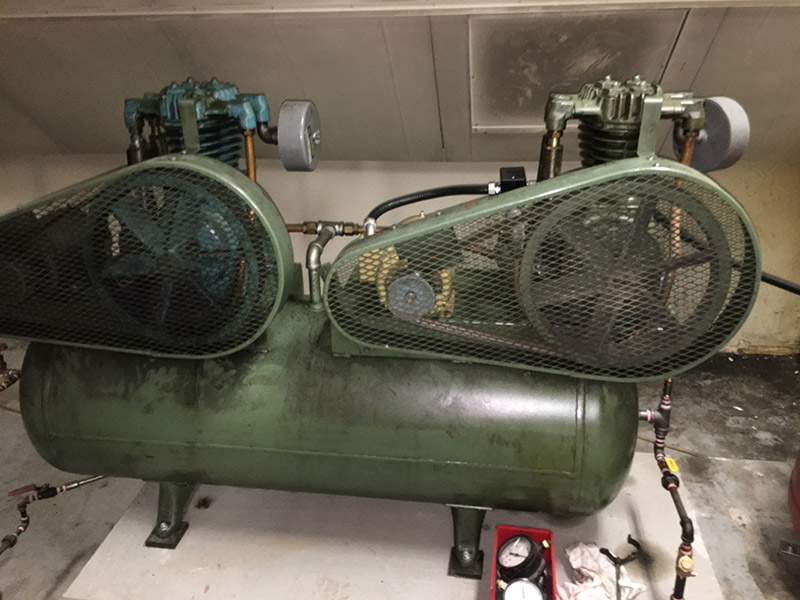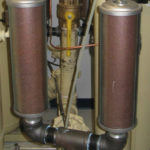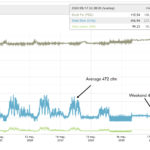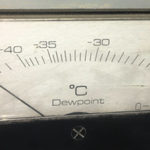
A small automotive service shop was looking for new compressors. The old compressors were reaching the end of life and required constant overhauls. The shop owner was persuaded by a compressor salesperson to go with a screw compressor instead.
The existing 10-hp units put out about 35 cfm each, one was the lead unit, the other backup. Overall, the old compressors were on average 10% loaded, and operated start/stop consuming about $255 per year in electricity costs.
The new compressor was 20-hp in size, putting out 80 cfm at full load; the owner purchased larger because he wanted lots of capacity for future expansion. This unit consumed less power per cfm at full load than the older piston compressors so was sold as being more efficient.
The unit ran under the same average load of about 3.5 cfm. However, there was a big difference because the compressor ran load/unload due to the lack of adequate storage receiver capacity, and did not shut off between cycles. The compressor was loaded only 4% of the time, and the remaining operation was in the unloaded state.
Little did the owner know that in the unloaded state, the 20-hp screw compressor consumed 5-kW of power. This was six times the average power consumption of the old piston compressors. In all, the new compressor consumed less power in the loaded condition, 4% of the time, costing $223 per year, but consumed $1,463 in electrical costs while constantly running unloaded! Purchase of a screw compressor in this case was a poor economic decision.
Tips on converting to screw compressors:
- Don’t buy bigger than you need,
- Multiple smaller compressors run more efficiently than one large unit,
- Most screw compressors can turn off between load cycles if there is adequate storage receiver capacity, and
- Adequate storage means having about 5 to 10 gallons of receiver capacity times the output of the main compressor.





Leave a Reply